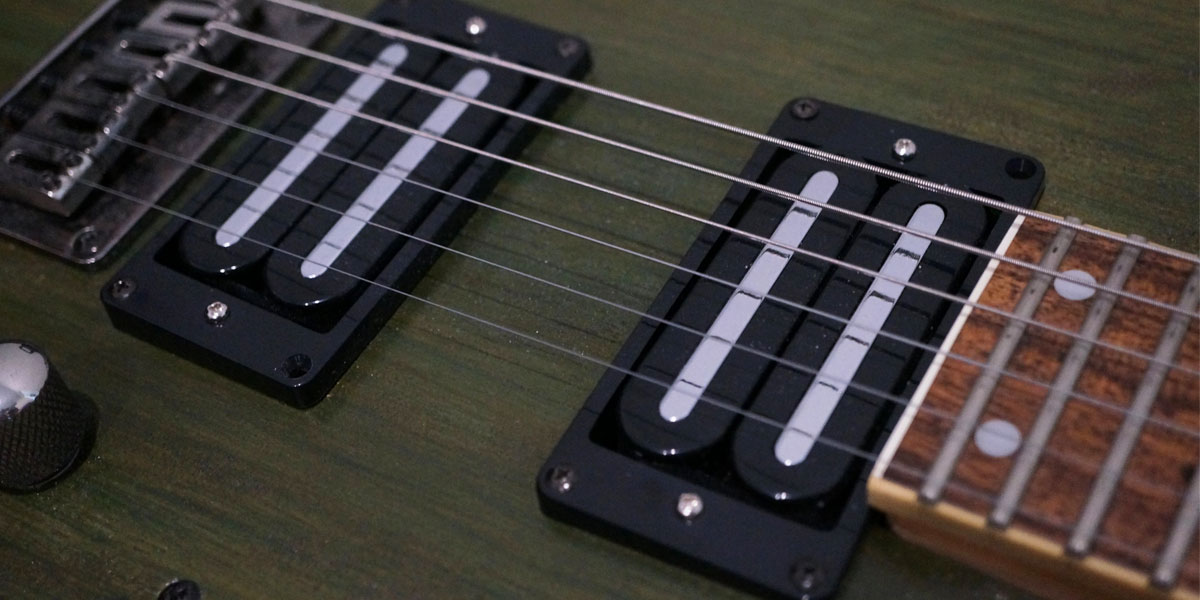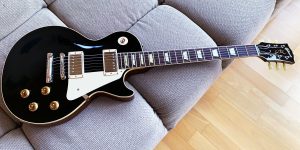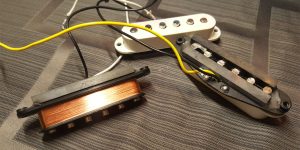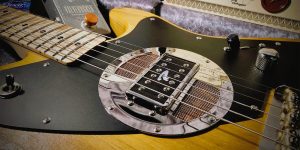Compact hot rails pickup has been stirring a revolution in the realm of electric guitar tonality, redefining the boundaries of what a single-coil-sized pickup can achieve. I’m going to venture beyond the technical specifications to grasp the soul of the hot rails pickup, understanding how it contributes to a guitarist’s sonic identity and artistic expression
Basics behind hot rails pickups

Hot rail pickups feature a dual-coil design encapsulated in a single coil-sized housing. Thanks to their small size, they can easily fit into guitars made for single-coil pickups. Hot rails pickups also pack a punch with increased output and the ability to drive an amplifier or distortion pedal effectively.
The primary advantage of hot rail humbuckers lies in their ability to provide a thicker, higher-gain sound without the inherent noise issues often associated with single coils. Hot rails pickups are ideal for genres such as hard rock and metal.
Tone and applications
Hot rails stand out, producing crunchy and saturated distortion tones, and are equally adept at delivering fat, searing lead tones. The increased output and midrange emphasis of these pickups result in notes that cut through the mix effortlessly.
Hot rails are a natural fit for rock music. They also can be surprisingly expressive in blues contexts. When dialed back, they produce clean tones, which makes them suitable for fusion, jazz, and other genres where clean articulation is essential.
Wiring options
Hot rails pickups come with a variety of wiring configurations that offer the ability to fine-tune their tonal palette.
Split coil wiring involves splitting one of the coils within the hot rails pickup, essentially turning it into a single-coil pickup. This can be achieved through a push-pull or push-push potentiometer on the guitar’s volume or tone control.
Serial/parallel switching involves altering the way the coils are connected within the pickup. In serial mode, the coils are wired in series, resulting in a hotter output and a more pronounced midrange. In parallel mode, the coils are wired in parallel, creating a slightly cleaner and more open sound with a reduced output compared to serial mode.
By incorporating split coil wiring and serial/parallel switching into your hot rails pickups, you effectively multiply your pickup’s sonic potential. These configurations provide a broader range of tones.
Comparisons with other pickup types
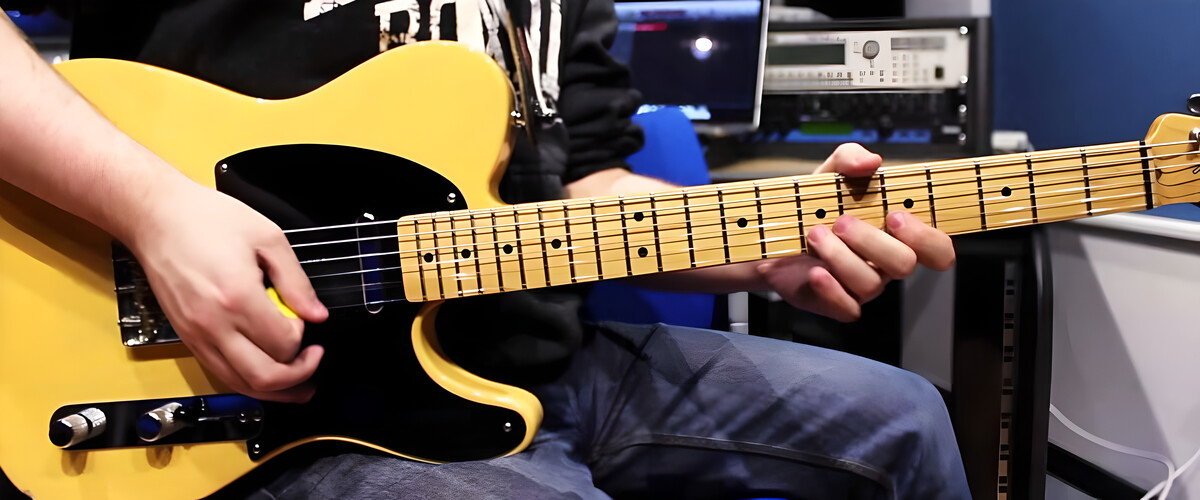
The main difference between a humbucker and a hot rail lies in their design and size. When comparing hot rail pickups vs single coil options, the former offers increased output and a thicker tone. Let’s compare these three together.
| Type | Tone | Application |
|---|---|---|
| Traditional Single-Coil Pickups | bright, clear, and articulate tones; excellent note definition and sparkle | blues, pop, country, and clean jazz |
| Humbucking Pickups | thick, warm, and powerful sound; improved noise reduction and a smoother response | rock, hard rock, metal, and high-gain styles |
| Hot Rails Pickups | high-output sound with enhanced midrange presence and a balanced frequency response | hard rock, metal, punk, and other genres when split coil and parallel/serial wiring are used |
Hot rails pickups are superior to other options in situations that call for control, versatility, and noise reduction, making them a great option for guitarists who are interested in a variety of musical genres.

